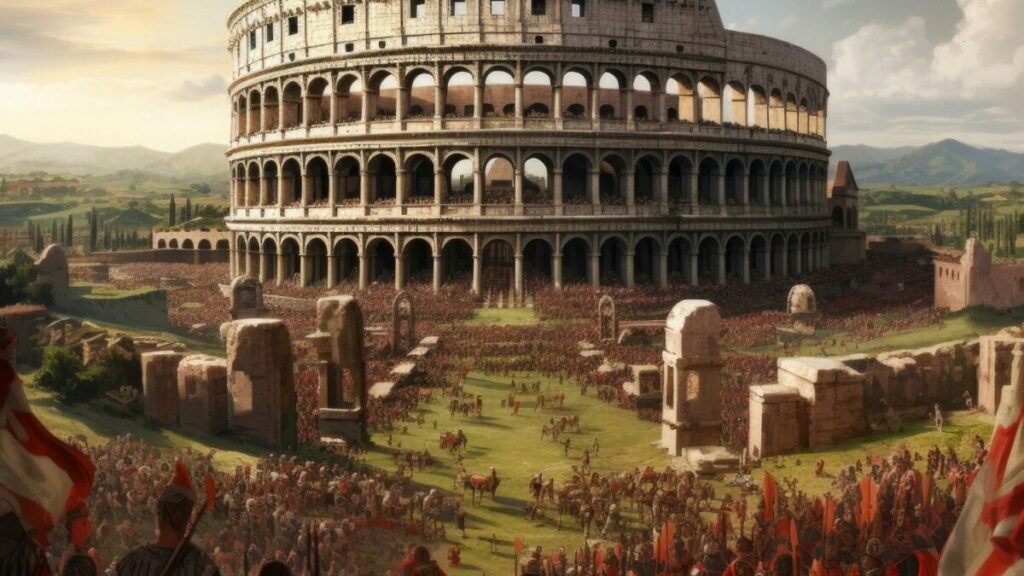New AI Could Totally Change What We Think We Know About Ancient Rome!

Every year, more than a thousand Latin inscriptions appear, helping to reconstruct the history of the Roman Empire. The interpretation of these inscriptions used to be slow and dependent on the expertise of experts. But a new artificial intelligence tool, called Eneas, threatens to revolutionize everything: from dating inscriptions to understanding imperial propaganda. Are we facing a new era for ancient history?
### A Artificial Collaborator for Historians
Developed by Google DeepMind and researchers, Eneas is a generative AI model capable of analyzing both text and images of Latin inscriptions. Unlike traditional methods, this tool can establish linguistic, historical, or cultural connections among thousands of documents scattered across time and space.

According to Thea Sommerschield, co-author of the study published in *Nature*, Eneas can detect patterns that experts, focused on specific areas or eras, usually do not perceive. Its goal is not to replace historians but to offer support that accelerates and expands their investigative reach.
### Convincing Results… even for the skeptics
To validate its effectiveness, Eneas was tested with one of the most well-known inscriptions: the , a kind of political autobiography of Emperor Augustus. The AI identified two probable time frames for its writing, aligned with the main historiographical hypotheses, based on linguistic details and institutional references within the text.
The results convinced the experts. In 90% of cases, the textual parallels suggested by Eneas were useful in guiding new research. A historian stated that what previously took days of consultation now only took 15 minutes.

### Rediscovering Rome from the Margins of the Empire
One of Eneas’ most surprising achievements was discovering an unexpected parallel between an inscription found in Mainz and a votive altar that seemed to have no direct relation. Without knowing the archaeological context, the AI was able to detect subtle cultural continuities, offering new readings for the provinces of the Empire.
These findings not only accelerate academic work but could also redefine knowledge about power networks, influence, and culture in territories distant from Rome.
The creators of Eneas insist that the future lies in collaboration between historians and artificial intelligence. If more ancient inscriptions are standardized and digitized, tools like this one could enrich teaching, validate old hypotheses, and even generate new questions about key figures like Augustus.
The history of Rome will no longer be told solely through books: now data, algorithms, and invisible connections that only a machine can find will also speak.




